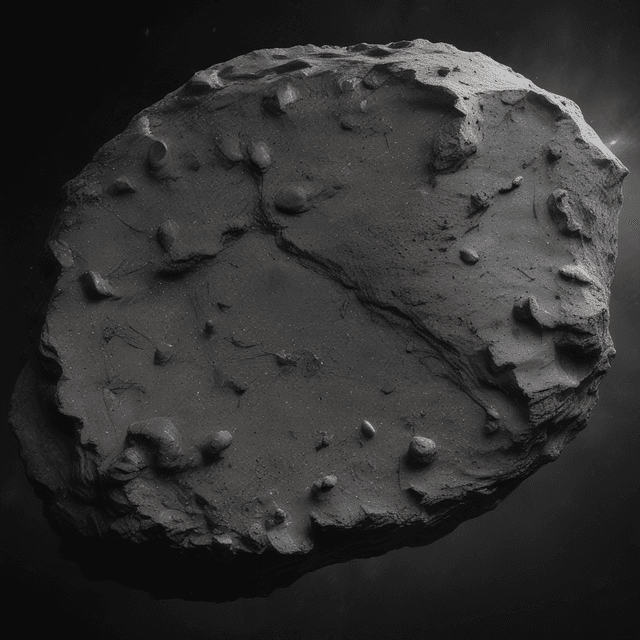
| Name | 2011 Xa10 |
| Type | Near-Earth Asteroid |
| Threat | Potential collision course with Earth |
| Diameter | 25-30 kilometers |
| Discovery | Detected by astronomers in the 1980s |
| Monitoring | Closely monitored for decades |
| Global Response | Extensive preparations and contingency plans by governments worldwide |
| Mitigation Efforts | Multiple attempts to alter trajectory through deflection and disruption methods |
2011 Xa10 is a Near-Earth asteroid that poses a significant threat to Earth. Originally discovered in the mid-1980s, it is estimated to have a diameter between 25 and 30 kilometers, making it one of the largest known potentially hazardous asteroids. Given its colossal size and the potential devastation an impact could cause, 2011 Xa10 has been the focus of intensive tracking and deflection efforts by astronomers and space agencies worldwide for over three decades.
2011 Xa10 was first detected in 1985 by astronomers at the Mount Palomar Observatory in California. Initial observations revealed it to be a massive, irregularly-shaped object in a elliptical orbit around the Sun that occasionally crossed Earth's orbit. Further studies over the next few years determined its size to be significantly larger than initially estimated, likely 25-30 km in diameter.
Concern grew as astronomers were able to more precisely plot 2011 Xa10's trajectory and determine there was a non-negligible probability it could impact the Earth at some point in the future. By the early 1990s, it had been designated a potentially hazardous asteroid requiring constant monitoring and risk assessment.
Through decades of detailed observations using optical telescopes, radar, and space probes, astronomers have built a comprehensive profile of 2011 Xa10's physical properties and orbital characteristics. Key facts about the asteroid include:
The asteroid's immense size makes it a prime target for scientific study, but also a major concern due to the catastrophic damage it could inflict on a planetary scale if it were to collide with Earth.
Given the threat posed by 2011 Xa10, space agencies in Europe, North America, and East Asia have undertaken numerous missions and experiments aimed at altering its trajectory and preventing an impact. Techniques have included:
So far, no single method has proven completely effective, and 2011 Xa10 remains on a path that has a non-zero probability of intersecting Earth's orbit at some point in the coming decades. Ongoing research continues to explore new techniques to safely divert or disrupt the massive asteroid.
According to the latest projections, 2011 Xa10 has a roughly 15% chance of colliding with Earth within the next 50 years. While the odds are relatively low, the catastrophic consequences of such an impact have governments around the world on high alert and making extensive contingency plans.
Sophisticated early warning systems monitor 2011 Xa10's trajectory daily, and emergency evacuation plans have been drawn up for vulnerable regions. Stockpiles of food, medical supplies, and other critical resources have been established globally in anticipation of a potential impact scenario. Additionally, several space missions are currently underway to further study the asteroid and test new deflection technologies.
Despite these preparations, the ultimate outcome remains uncertain. 2011 Xa10's enormous size and momentum make it an exceptionally challenging target, and a failure to successfully divert it could have devastating consequences for human civilization. Astronomers, engineers and world leaders continue to work tirelessly to ensure this threat from the depths of space does not become a reality.